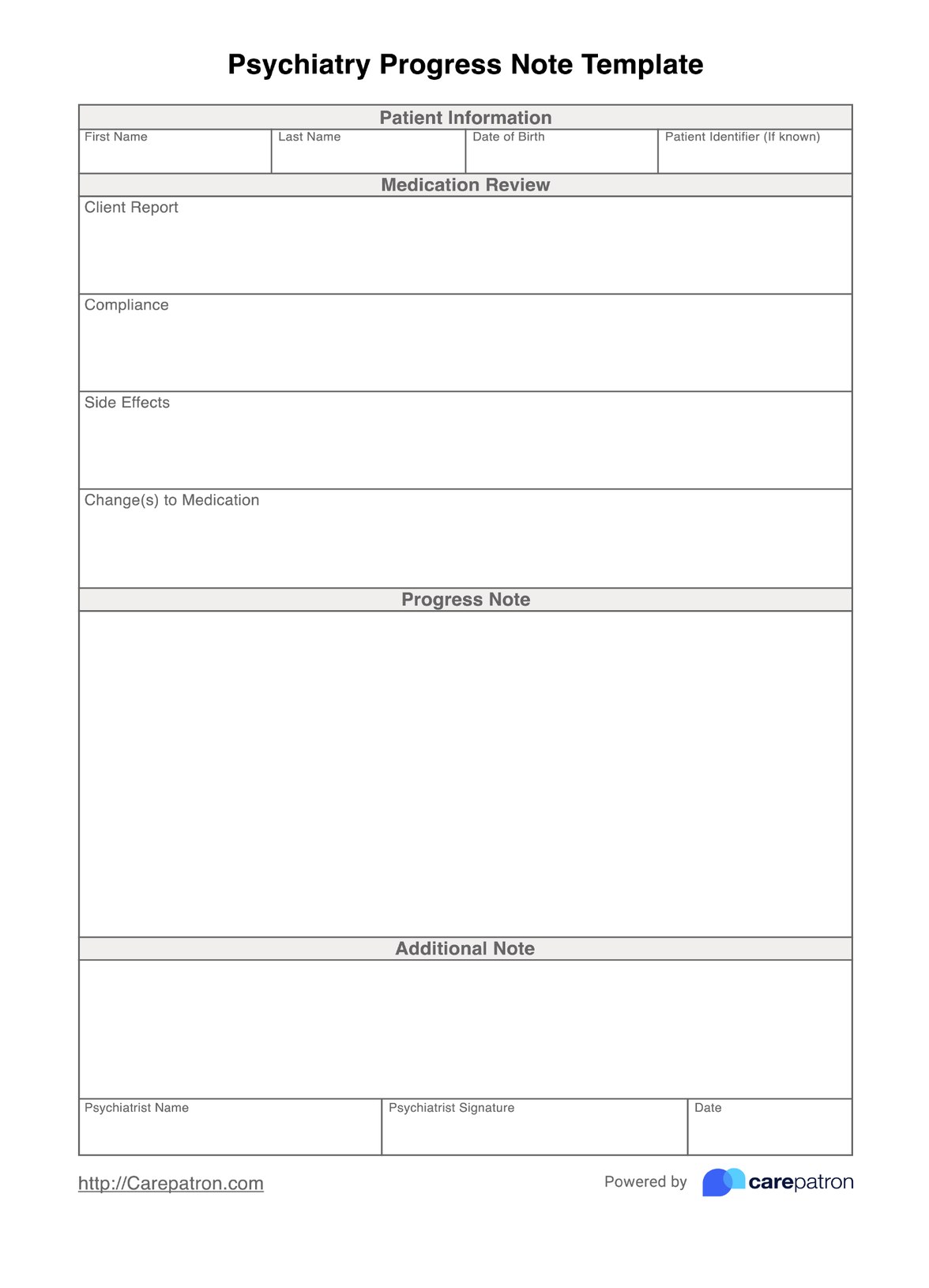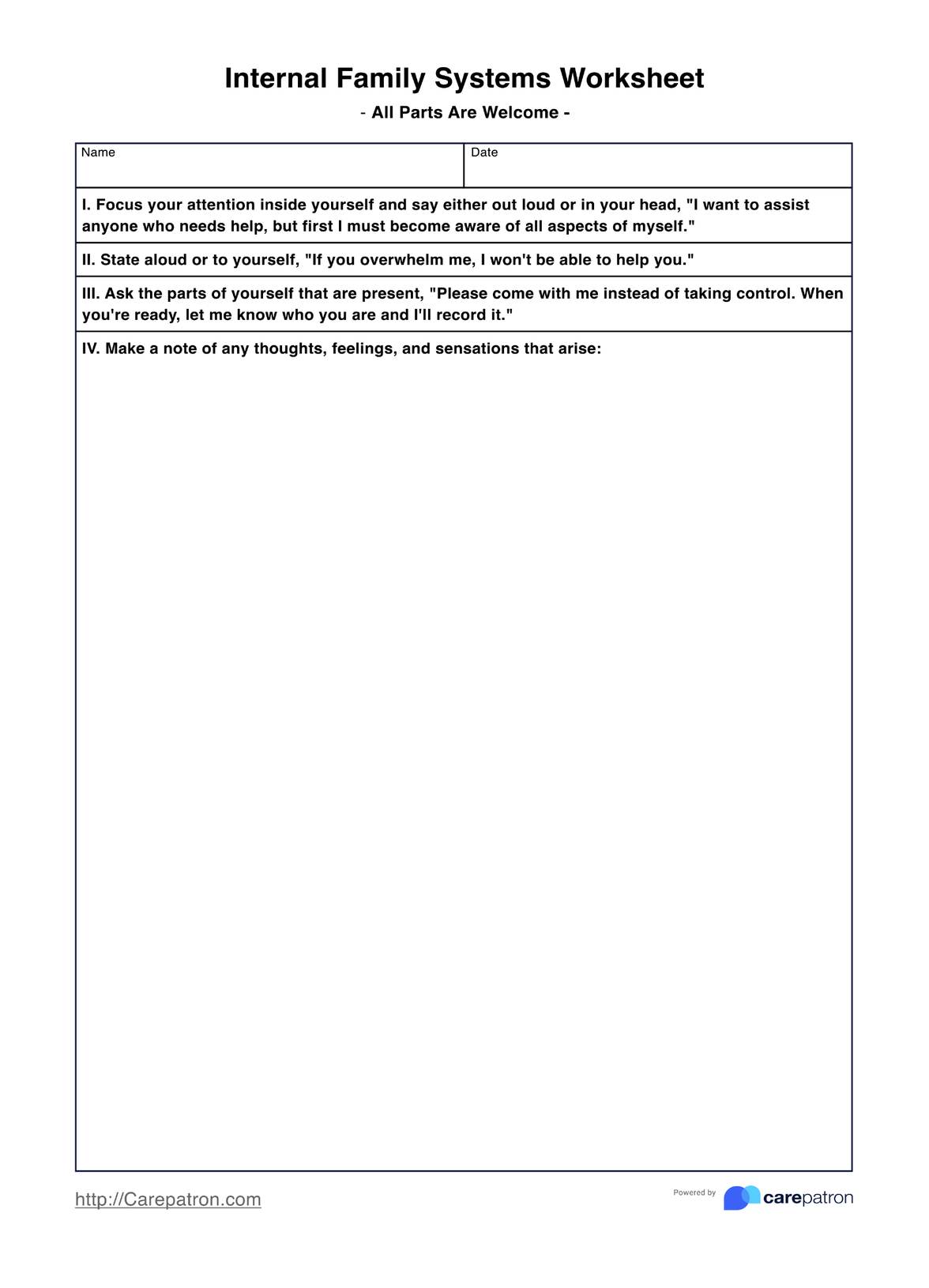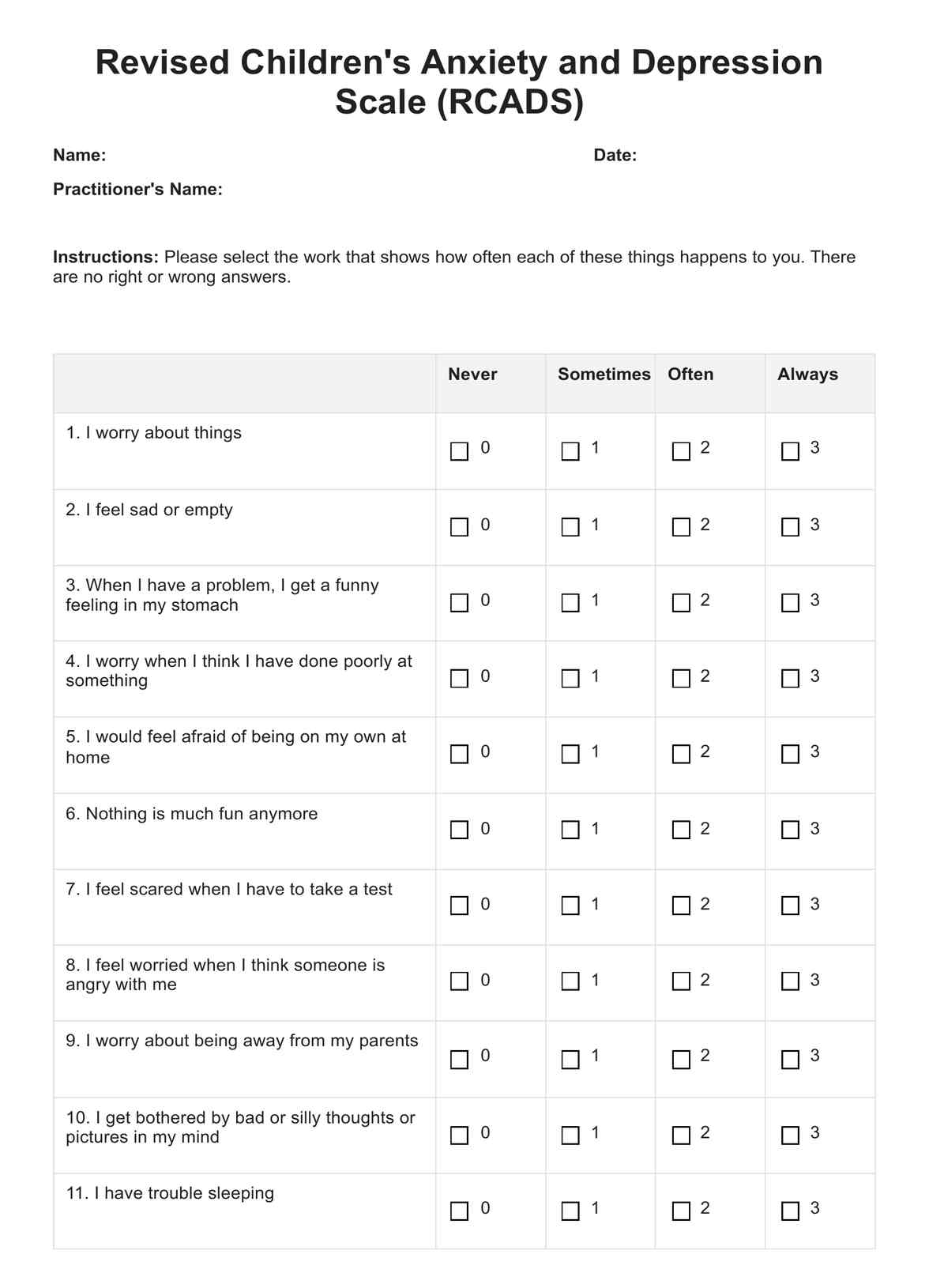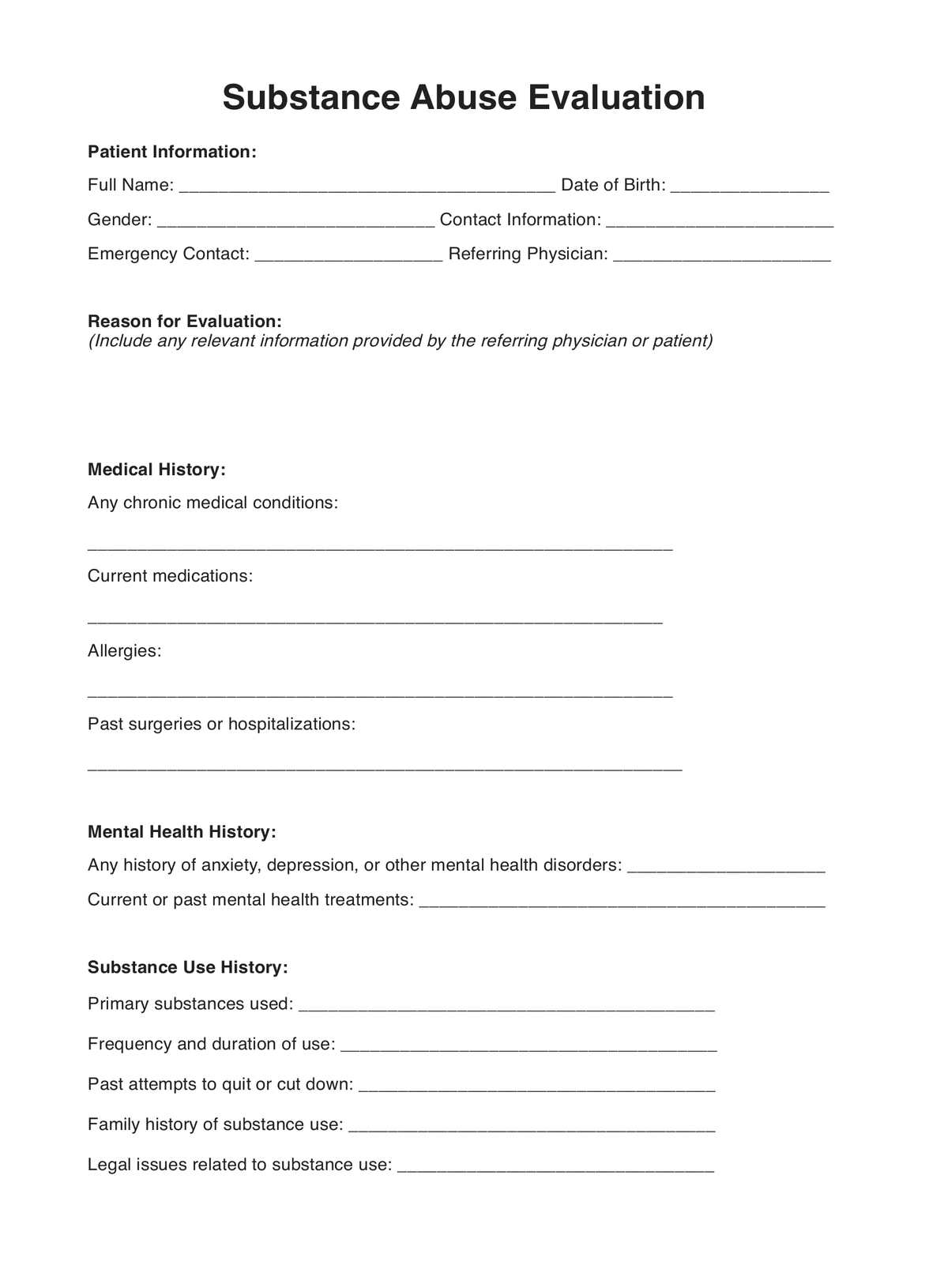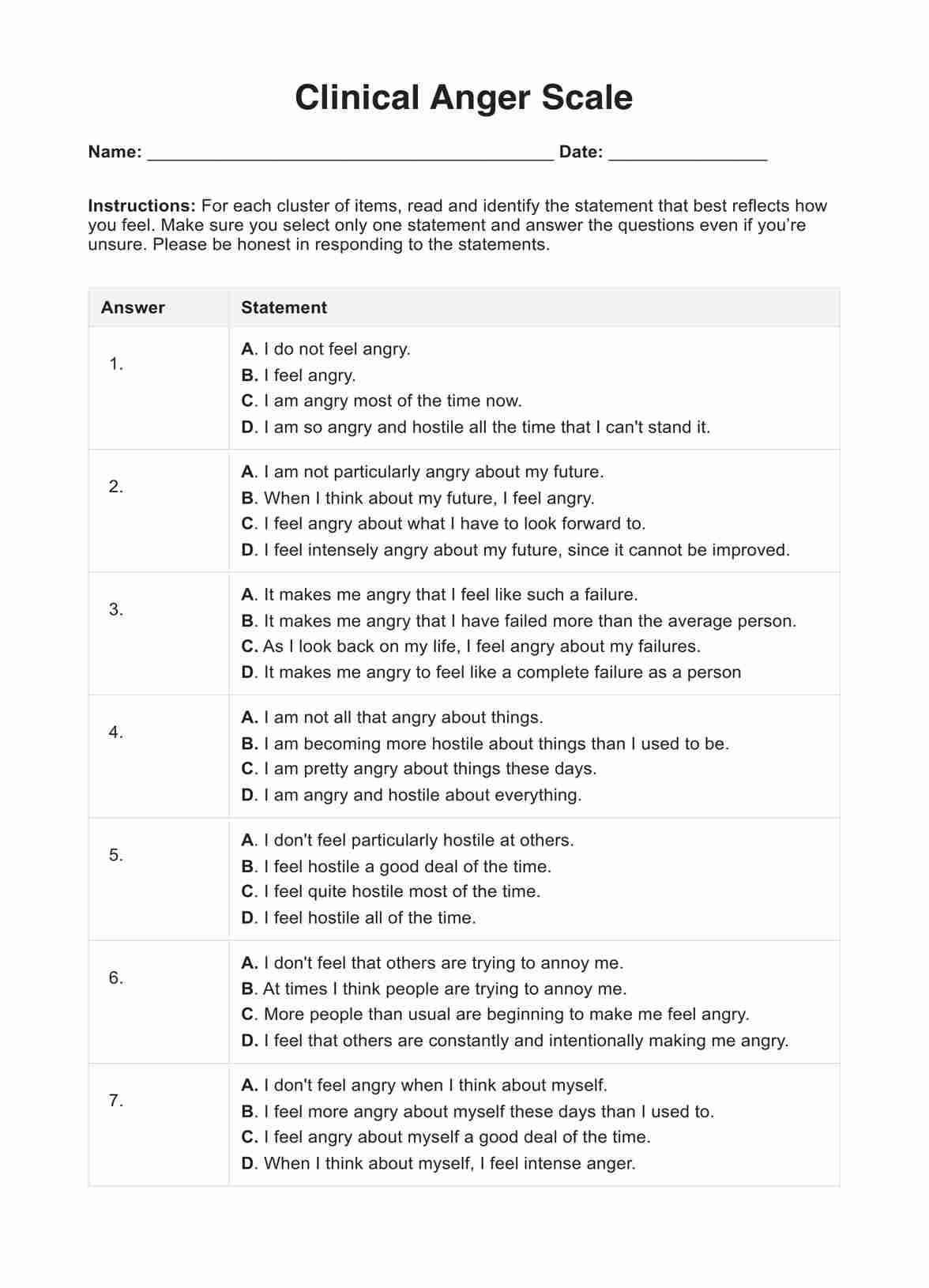Schizoaffective Disorder Test
Discover if you may have Schizoaffective Disorder with our test. Get insights and guidance for better mental health. Quick, accurate, and confidential.


What is schizoaffective disorder?
Schizoaffective disorder is a chronic mental health condition characterized by a combination of psychotic symptoms, such as hallucinations or delusions, and mood symptoms, such as depression or mania.
It falls under the spectrum of mental health disorders and is classified in the Diagnostic and Statistical Manual of Mental Disorders (DSM) by the American Psychiatric Association. The diagnostic criteria typically involve a psychiatric evaluation, including a thorough medical history, physical examination, and laboratory tests to rule out other medical conditions or substance use disorders.
Symptoms of schizoaffective disorder can vary widely but often include disordered thinking, disorganized speech, and emotional expression. Individuals may experience frequent relapses and severe symptoms and may have an increased risk if there's a family history of the disorder. Onset often occurs in early adulthood.
Diagnosis involves differentiating between schizophrenia and schizoaffective disorder, as well as mood disorders like major depressive disorder or bipolar disorder. This process may require further evaluation and consideration of symptoms and family history.
Treatment options typically include a combination of medication, such as mood stabilizers or antipsychotics, and psychotherapy, such as individual or group therapy, family therapy, or cognitive-behavioral therapy.
Other interventions like social skills training, support groups, and environmental factors also play a role in managing symptoms and reducing relapses. In some cases, treatments like electroconvulsive therapy may be considered.
Schizoaffective Disorder Test Template
Schizoaffective Disorder Test Example
Schizoaffective disorder symptoms
Schizoaffective disorder presents a combination of psychotic symptoms, such as hallucinations or delusions, alongside mood symptoms resembling those of mood disorders like major depressive disorder or bipolar disorder. These symptoms can vary in severity and may include:
Psychotic
In schizoaffective disorder, individuals may experience a range of psychotic symptoms that can significantly impact their perception of reality and daily functioning. These symptoms include:
- Hallucinations: Hearing, seeing, feeling, or smelling things that others do not.
- Delusions: Firmly held beliefs not based on reality, such as paranoia or grandiosity.
- Disorganized thinking: Difficulty organizing thoughts or making logical connections.
Mood
Mood symptoms in schizoaffective disorder resemble those seen in mood disorders such as major depressive disorder or bipolar disorder. These symptoms may include:
- Major depressive: Persistent sadness, hopelessness, or loss of interest in previously enjoyed activities.
- Manic: Periods of unusually high energy, euphoria, or irritability, often accompanied by risky behavior.
Negative
Negative symptoms refer to a reduction or absence of normal emotional responses and behaviors. They can significantly impact an individual's ability to engage with others and enjoy life. These symptoms include:
- Reduced emotional expression: Limited facial expressions or diminished emotional responsiveness.
- Social withdrawal: Avoidance of social interactions and isolation from others.
- Anhedonia: Inability to experience pleasure from activities once found enjoyable.
Other symptoms
In addition to psychotic and mood symptoms, individuals with schizoaffective disorder may experience a range of other symptoms that affect cognition, behavior, and communication. These symptoms may include:
- Disorganized speech: Difficulty expressing thoughts coherently or conversing.
- Catatonic behavior: Unusual physical movements or behaviors, including immobility or excessive movement.
- Cognitive impairment: Difficulty concentrating, remembering, or making decisions.
How to diagnose schizoaffective disorder
Diagnosing schizoaffective disorder involves a comprehensive evaluation by a qualified mental health professional. Here's a general overview of the diagnostic process:
- Initial assessment: The process typically begins with a thorough psychiatric evaluation, which includes gathering information about the individual's symptoms, medical history, and family history of mental illness. A physical examination may also rule out any medical conditions contributing to the symptoms.
- Diagnostic criteria: The diagnostic criteria for schizoaffective disorder, as outlined in the Diagnostic and Statistical Manual of Mental Disorders, Fifth Edition (DSM-5), include:
- The presence of both psychotic symptoms (hallucinations, delusions, disorganized thinking) and mood symptoms (major depressive episode, manic episode, or mixed episode) occurring concurrently for a significant portion of the illness.
- Delusions or hallucinations must be present for at least two weeks without prominent mood symptoms.
- Mood symptoms must be present for the majority of the total duration of the illness.
- Symptoms are not attributable to the effects of substances or another medical condition.
- Differentiation from other disorders: It's essential to differentiate schizoaffective disorder from other psychiatric disorders, such as schizophrenia, bipolar disorder, or major depressive disorder with psychotic features. This may involve ruling out conditions with similar symptoms by carefully assessing the individual's history and symptom presentation.
- Collateral information: Gathering information from family members or close contacts can provide additional insights into the individual's symptoms and functioning.
- Ongoing monitoring: Diagnosis may require ongoing monitoring and observation to track the persistence and severity of symptoms over time. Reassessment may be necessary if there are changes in symptoms or treatment response.
- Multidisciplinary approach: Diagnosis and management of schizoaffective disorder often involve collaboration among various mental health professionals, including psychiatrists, psychologists, and clinical social workers.
What is the Schizoaffective Disorder Test?
The Schizoaffective Disorder Test is a diagnostic tool utilized by mental health professionals to assess individuals suspected of having schizoaffective disorder. This test helps in identifying specific symptoms associated with the disorder, which encompasses both psychotic symptoms (such as hallucinations or delusions) and mood symptoms (resembling those of bipolar disorder or major depressive disorder).
Utilizing guidelines from the Diagnostic and Statistical Manual of Mental Disorders (DSM) provided by the American Psychiatric Association, this test evaluates the presence and severity of psychotic and mood symptoms, along with other relevant factors such as medical history, family history of mental illness, and potential substance use.
The test typically involves a comprehensive psychiatric evaluation, including:
- Assessment of psychotic symptoms like hallucinations or delusions.
- Evaluation of mood symptoms such as depression or mania.
- Exploration of negative symptoms like reduced emotional expression or social withdrawal.
- Inquiry into other mental health conditions or substance use disorders that may co-occur.
- Consideration of risk factors, environmental influences, and family history.
Additionally, the test may entail laboratory tests and physical examinations to rule out other medical conditions contributing to the symptoms. The ultimate goal of the Schizoaffective Disorder Test is to accurately diagnose the condition, allowing for the development of an appropriate treatment plan.
Treatment options may include a combination of medication (such as mood stabilizers or antipsychotics), psychotherapy (like talk therapy or family therapy), and other interventions to manage symptoms and improve overall functioning.
It's important to note that the Schizoaffective Disorder Test should be administered and interpreted by qualified mental health professionals, as the diagnosis and treatment of schizoaffective disorder require specialized knowledge and expertise.
When to take the test?
The decision to take the Schizoaffective Disorder Test typically arises when individuals or their loved ones observe symptoms or behaviors that raise concerns about their mental health. Here are some scenarios where taking the test may be appropriate:
- Presence of symptoms: If an individual experiences symptoms such as hallucinations, delusions, mood swings, or disorganized thinking, it may prompt them to seek an evaluation.
- Impact on functioning: When symptoms significantly interfere with daily functioning, work, relationships, or self-care, it's essential to seek professional evaluation.
- Family history: If there is a family history of mental illness, particularly schizoaffective disorder, schizophrenia, or bipolar disorder, individuals may be more vigilant about monitoring their mental health and seeking evaluation if symptoms emerge.
- Concerns from others: Concerns raised by family members, friends, or healthcare providers about changes in behavior, mood, or cognition may prompt an individual to consider taking the test.
- Recurrent episodes: Experiencing recurrent episodes of mood disturbances or psychosis may indicate an underlying mental health condition that warrants assessment.
- Substance use: Substance use can exacerbate symptoms of schizoaffective disorder or mimic its presentation, making it essential to evaluate individuals with a history of substance use who exhibit symptoms consistent with the disorder.
- Significant life events: Major life stressors, traumatic experiences, or transitions may trigger the onset or exacerbation of symptoms, prompting the need for evaluation.
Results and interpretation
Interpreting the results of a Schizoaffective Disorder Test involves assessing the presence, severity, and patterns of symptoms reported by the evaluated individual. Here's a general framework for interpreting the results:
Symptom assessment
Evaluate the severity, duration, and frequency of both psychotic symptoms (hallucinations, delusions, disorganized thinking) and mood symptoms (depression, mania, mixed episodes). Consider the impact of these symptoms on the individual's daily functioning and quality of life.
Diagnostic alignment
Identify any patterns or clusters of symptoms that align with the diagnostic criteria for schizoaffective disorder, as outlined in the DSM-5 or relevant diagnostic guidelines. This includes assessing for the presence of both psychotic and mood symptoms occurring concurrently or sequentially over time.
Clinical considerations
Assess the duration and frequency of symptoms the individual reports, ensuring they persist for a significant portion of the illness and are not attributable to other factors such as substance use or medical conditions. Consider the individual's unique circumstances, including their medical history, family history, and environmental factors. Use clinical judgment and expertise to interpret the results in this context.
Differential diagnosis
Compare reported symptoms with characteristic features of schizoaffective disorder and differentiate from other psychiatric conditions with similar presentations, such as schizophrenia, bipolar disorder, or major depressive disorder with psychotic features. Ensure that the symptoms reported are consistent with the diagnostic criteria for schizoaffective disorder.
Treatment planning
Develop a comprehensive treatment plan tailored to the individual's needs based on the interpretation of results. This may include pharmacological interventions (e.g., mood stabilizers, antipsychotics), psychotherapy (e.g., cognitive-behavioral therapy, family therapy), and psychosocial support services. Consider referrals to specialists as appropriate.
Follow-up care
Establish a plan for ongoing follow-up and monitoring to assess treatment response, adjust interventions as needed, and provide continued support to the individual and their family members. Regular monitoring is essential to track symptom severity, medication adherence, and any adverse effects, ensuring optimal outcomes in the management of schizoaffective disorder.
Commonly asked questions
Schizophrenia primarily involves persistent psychotic symptoms without significant mood disturbances. In contrast, schizoaffective disorder includes both psychotic symptoms and mood episodes, such as depression or mania.
Bipolar disorder is characterized by mood episodes (depression and mania) with or without psychotic symptoms. Schizoaffective disorder combines symptoms of schizophrenia, such as psychosis, with mood episodes occurring concurrently or alternately.
To differentiate schizoaffective disorder from other conditions, clinicians assess the presence of both psychotic and mood symptoms, duration and frequency of symptoms, and rule out alternative explanations such as substance use or medical conditions. Additionally, considering family history and response to treatment aids in accurate diagnosis.


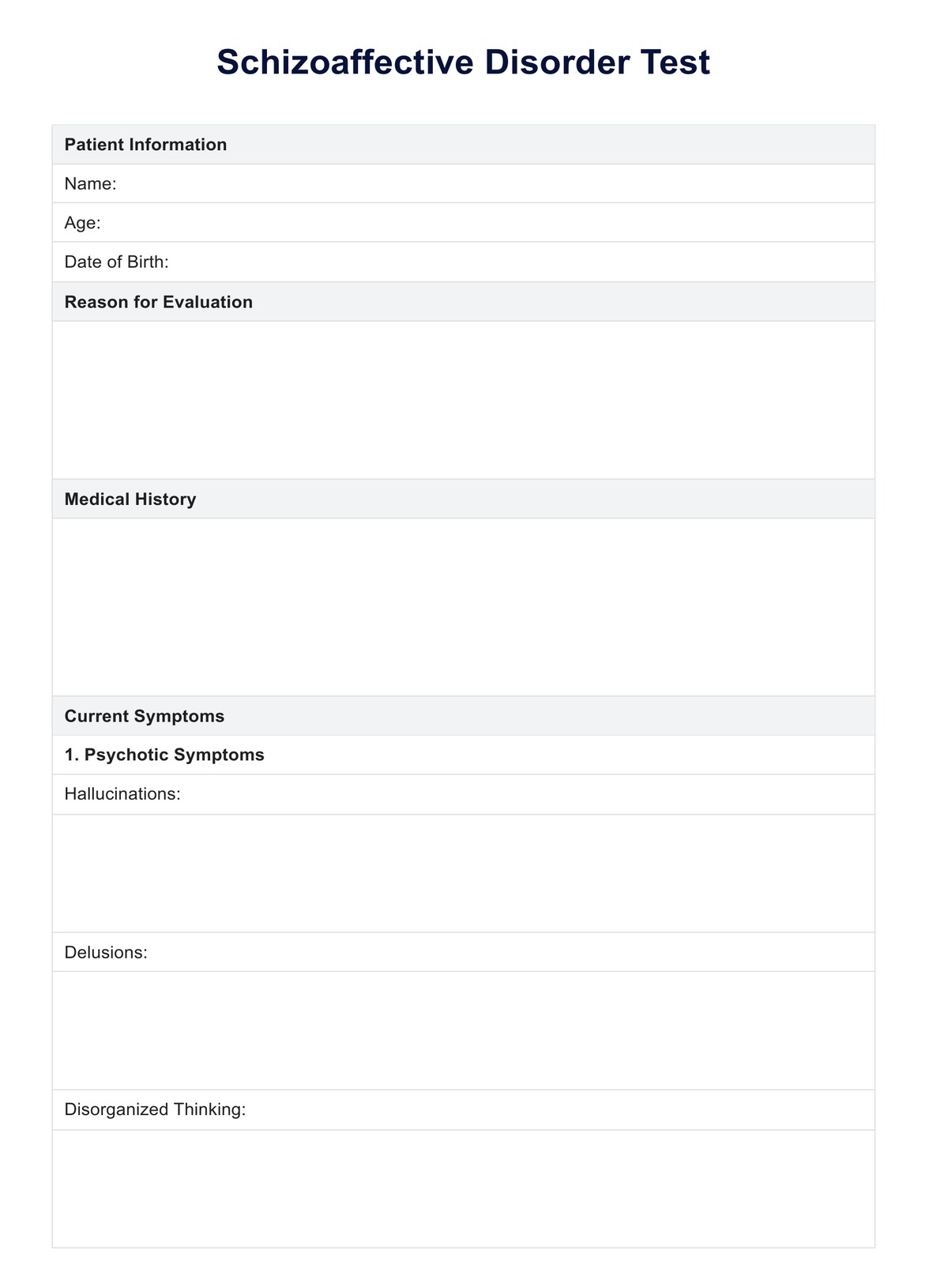
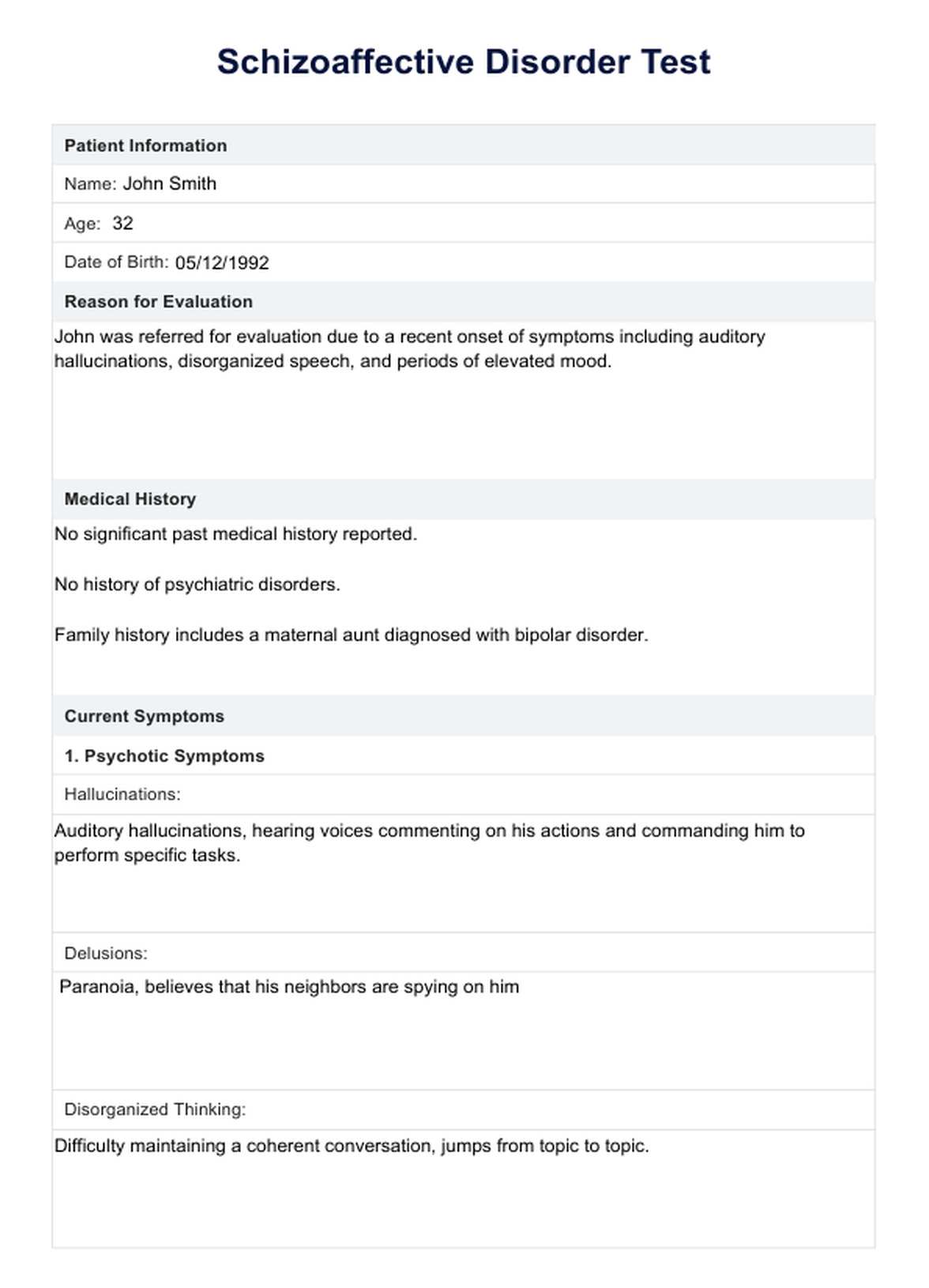

















-template.jpg)



















































































